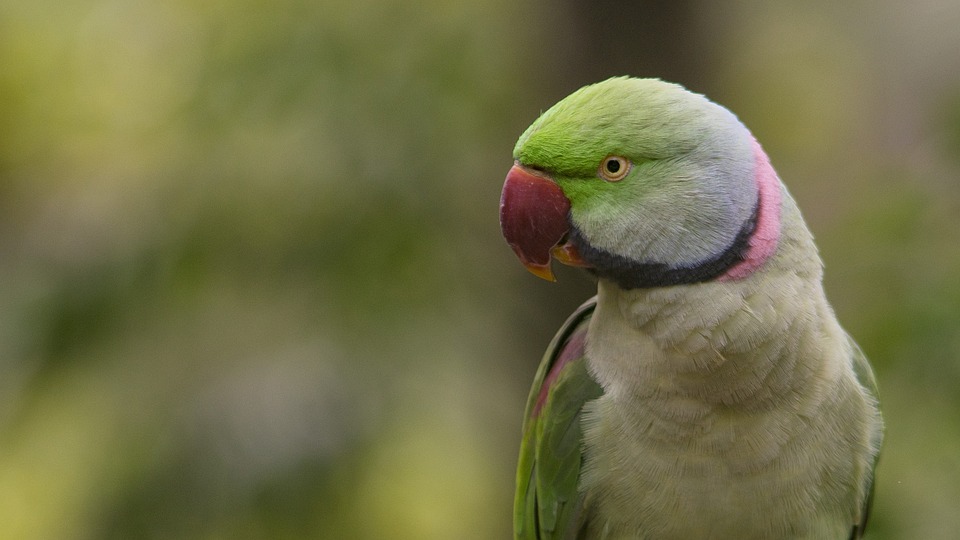**Title: How to Use Positive Reinforcement to Address Fear of Certain Training Props in Parrot Training**
**Introduction**
Parrot training requires patience, consistency, and a deep understanding of your feathered friend’s behavior. While some parrots may exhibit fear or anxiety towards certain training props, positive reinforcement techniques can help address these fears and build trust. In this article, we will explore effective strategies to help your parrot overcome fear and embrace training props, promoting a harmonious and successful training experience.
**Understanding Fear in Parrots**
Parrots are highly intelligent and sensitive creatures, capable of experiencing fear and anxiety. It is essential to recognize and respect your parrot’s emotions to establish a positive and trusting training environment. By understanding the root cause of fear, you can tailor your training techniques accordingly.
**Identifying Fear-Inducing Training Props**
Before addressing your parrot’s fear, it is crucial to identify the specific training props that trigger their anxiety. Common fear-inducing props may include:
1. Mirrors or reflective surfaces
2. Large or noisy objects
3. Unfamiliar toys or objects
4. Training perches or stands
Identifying these props allows you to develop a targeted approach to addressing your parrot’s fear.
**Positive Reinforcement Techniques to Address Fear**
Positive reinforcement is a powerful tool in parrot training, allowing you to reward desired behaviors and alleviate fear. Here are steps to help your parrot overcome fear of certain training props:
1. Create a Safe Space: Dedicate an area where your parrot feels secure and comfortable. This space will serve as a retreat during training sessions, allowing your parrot to relax and regain confidence.
2. Gradual Desensitization: Introduce the fear-inducing prop from a distance, ensuring your parrot remains calm. Over time, gradually decrease the distance between your parrot and the prop. Offer treats and positive verbal cues to reinforce their bravery.
3. Counterconditioning with Rewards: Associate the presence of the training prop with pleasant experiences by offering your parrot their favorite treats or engaging in a fun activity. This form of counterconditioning helps change their perception from fear to positive anticipation.
4. Patience and Consistency: Rome wasn’t built in a day, and neither is trust. Be patient with your parrot’s progress and consistently reinforce positive behavior. Celebrate small victories and avoid rushing the process.
**FAQs – Frequently Asked Questions**
1. Q: How long does it take for a parrot to overcome fear of training props?
A: The timeline varies for each parrot, depending on their temperament and past experiences. It may take days, weeks, or even months. Allow your parrot to progress at their own pace.
2. Q: What if my parrot shows fear again after progress?
A: Regression is possible, especially when introducing new props or changing the training environment. Repeat the desensitization and counterconditioning techniques, reinforcing positive experiences.
3. Q: Can I force my parrot to confront their fear?
A: It is not recommended to force your parrot to face their fear, as it may worsen their anxiety and damage trust. Positive reinforcement and gradual exposure are key to success.
4. Q: Are there specific treats that work best for counterconditioning?
A: Every parrot has unique preferences. Experiment with various treats such as nuts, fruits, or specially formulated bird treats to find what motivates your parrot the most.
**Conclusion**
Overcoming fear of certain training props is possible through patient and consistent positive reinforcement techniques. By understanding your parrot’s emotions, gradually exposing them to fear-inducing props, and rewarding their bravery, you can help your feathered companion overcome fear and embrace successful training sessions. Remember, building trust is a foundation for effective parrot training.









